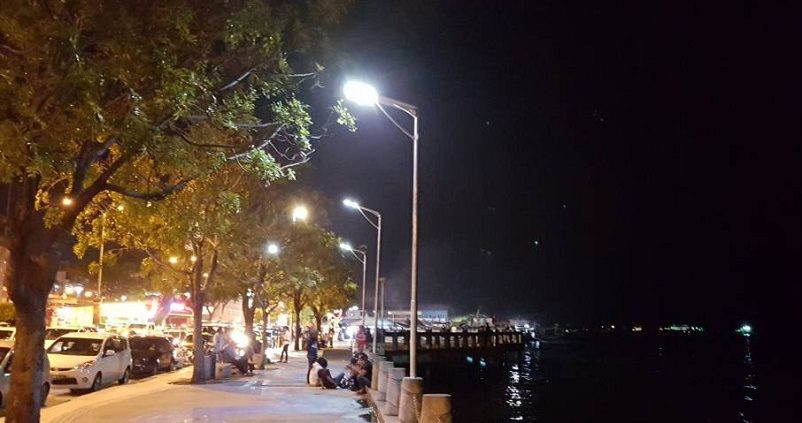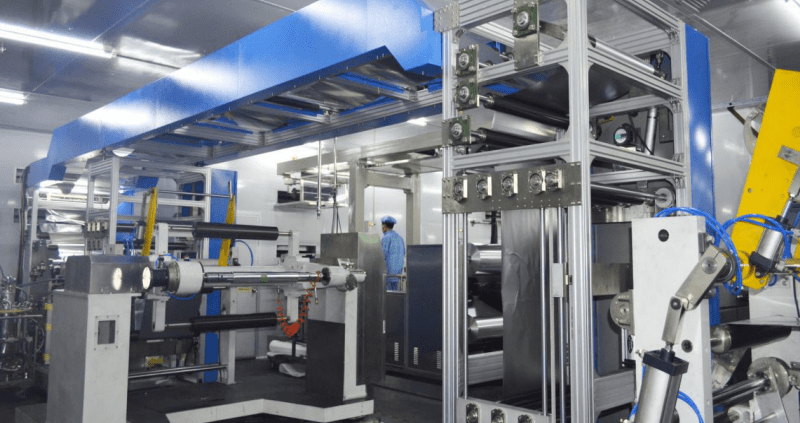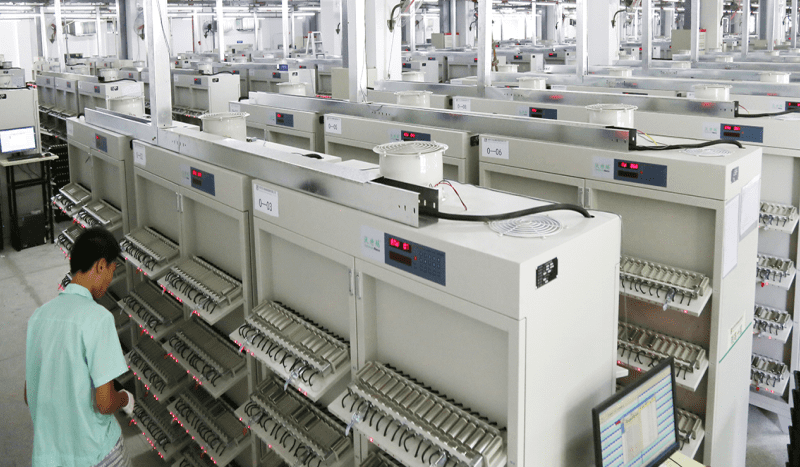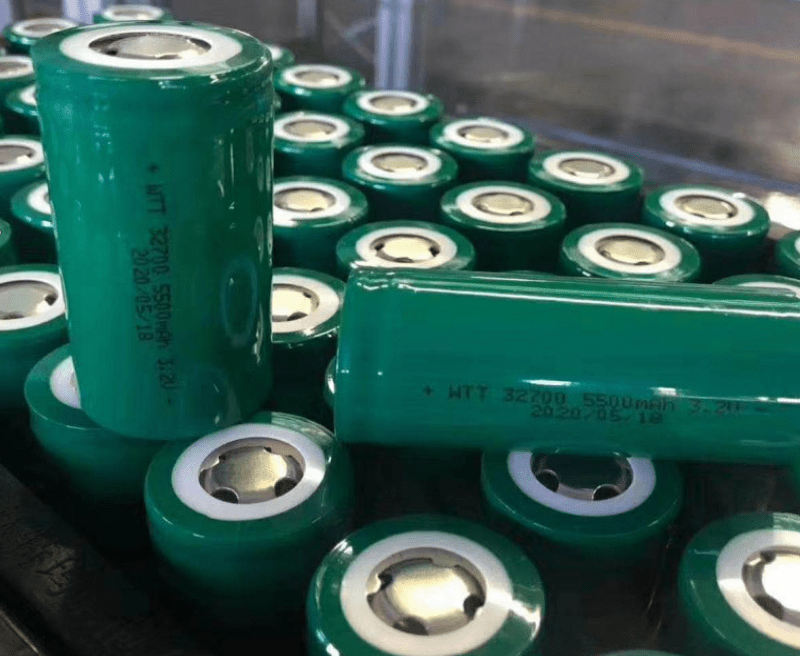5 Tips to Make Solar LED Lights Last Longer
It is important to properly position and maintain luminaires or lighting fixtures in order to make Solar LED Lights last longer.
By doing this, we let Solar LED Lights absorb as much solar irradiance energy as possible for longer periods of lighting.
1. Regular Cleaning of Solar Panel
Solar LED street lights for outdoor need solar panels to absorb radiant energy. Cleaning helps solar panels to maintain the maximum energy absorption of solar radiation and provide long-term illumination.
During the production in our factory and the following on-site installation of solar light fitting, we have considered optimizing the product to keep it clean enough and avoid attracting too much dust and debris. For example, the installed solar panels usually keep an inclined angle to prevent birds from resting on it. Bird droppings, leaves, and other debris can hinder the solar panel’s ability to collect sunlight.
You also need to pay attention to the degree of cleanliness. If air pollution in some areas are serious, or some cities are near the desert, then the dust is more than other places, you need to wipe the panel surface regularly.
Obviously, stacked snow on Solar lights panel will affect the absorption of the solar irradiation energy. As a result, the lighting system does not have a peak performance if you are in an area that is cover with large amounts of snowfall, be prepared to take them down for the winter.
2. Place Lighting Luminaries in an Unobstructed Place
Make sure that they are in a place with the strongest sunlight throughout the day and not blocked by the shadows of plants or buildings. Plants are not possibly blocking the panel all the time, but it reduces the time of direct sun shines on the solar panel. It means that the length of lighting available at night will be reduced. Take necessary measures to adjust the installation distance, or trim the branches to ensure sufficient sunlight.
3. Improper On-site Parameters Setting Resulting in Shorter Lighting Time
According to many on-site feedbacks, some construction workers respond that they have not been informed of the specific function and use of the remote control of solar lamp outdoor. They are only responsible for lighting up the lamp and care about nothing else. In such cases, the parameters may be set incorrectly which is causing abnormal lighting, excessive battery consumption, and reducing lighting hours. The remote control of LUXMAN luminaire with a humanized control method design is simple and convenient. You can switch to the best mode that suits your needs. Before installation, confirm with us for selecting the best mode for your location and make sure it is the correct mode during installation.
4. Long Time Rainy Days Reduce Hours of Illumination
If the weather forecast says it will rain for a long period of time and exceed the maximum designed lighting time of the product, you can choose to turn off the solar led lights with switch. This method is mainly to avoid inefficient charging on rainy days and extend battery life.
5. Malfunctions of Solar LED Street Lights Reduces the Lighting Time
According to the indicators of solar light, our users can identify whether the problem belongs to the solar panel, the LED bulb, or the battery. Check for the possible hidden problems and troubleshoot to ensure that the lighting time can reach the desired length.
Some split solar panels have longer distances between solar panels and lamps,and the long distance has caused unexpected problems. Extending the solar panel connecting wire at will may cause line loss, lower charging efficiency, and affect lighting time. There is also one reason that the user might purchase wire with poor quality.
Another typical problem is the aging problem of the product. With the accumulation of service hour, the battery quality naturally ages, especially the lead-acid battery which is used in earlier products. The number of charge and discharge is relatively small for a lead-acid battery. The battery needs to be replaced when it expires or out of performance. Just change it and restore long hours of lighting.
Related article:
https://luxmanlight.com/top-3-factors-to-choose-outdoor-solar-lights-properly/
https://luxmanlight.com/how-to-choose-all-in-one-solar-street-light/
https://luxmanlight.com/how-to-choose-batteries-for-your-solar-street-light-project/






